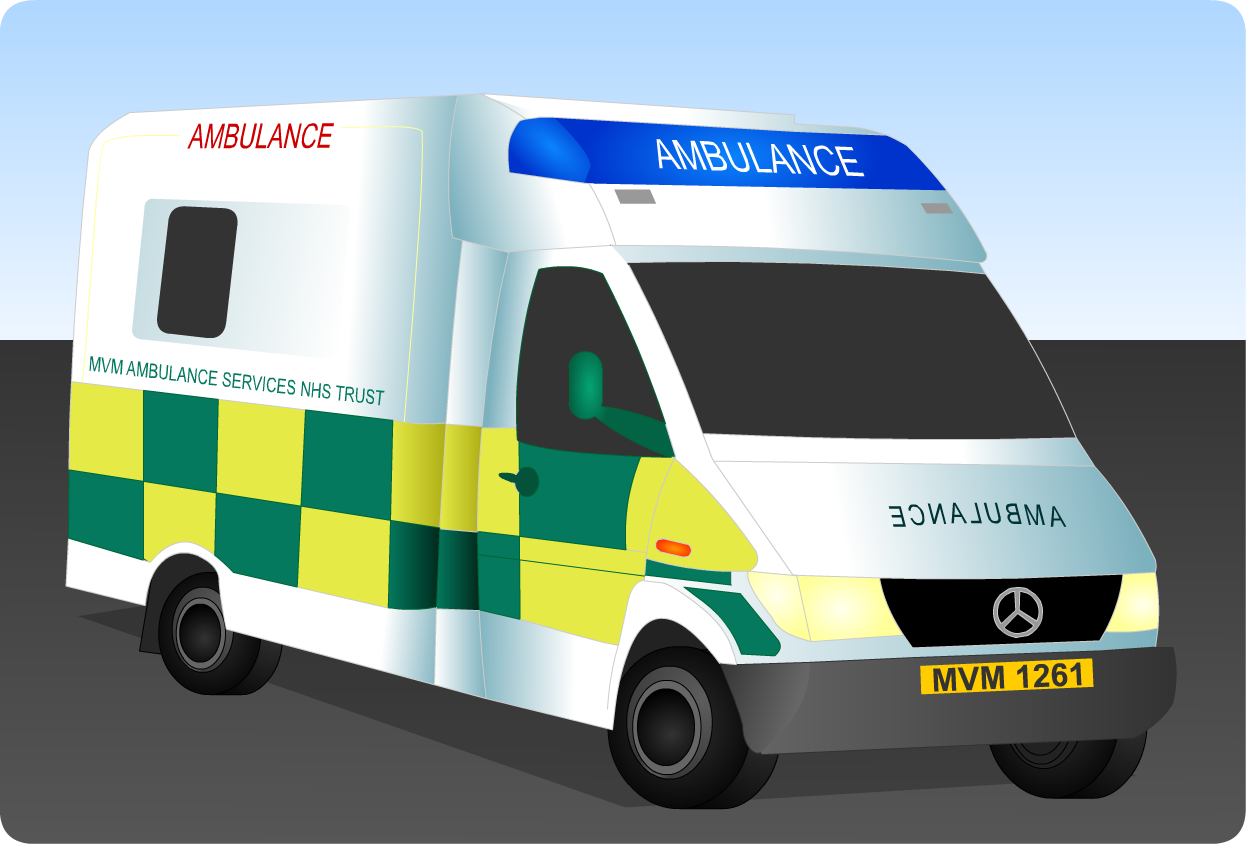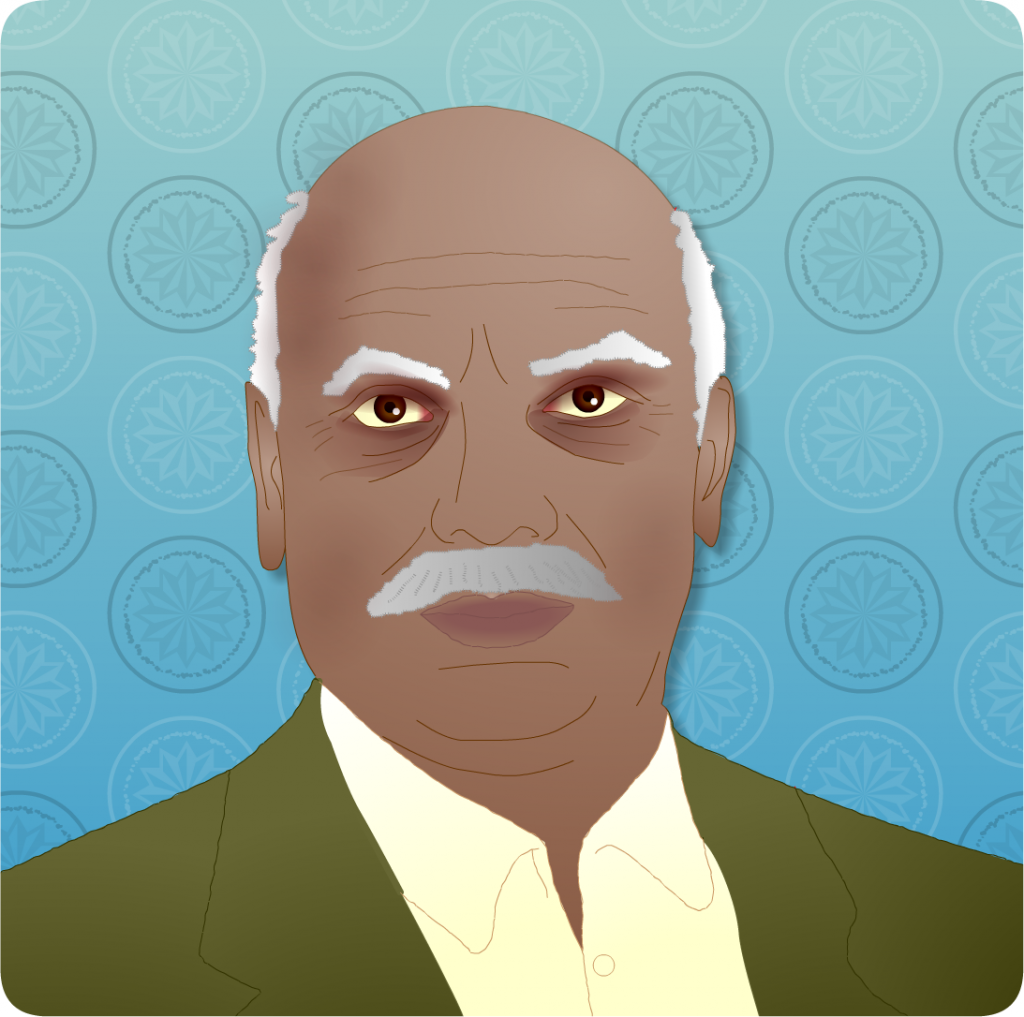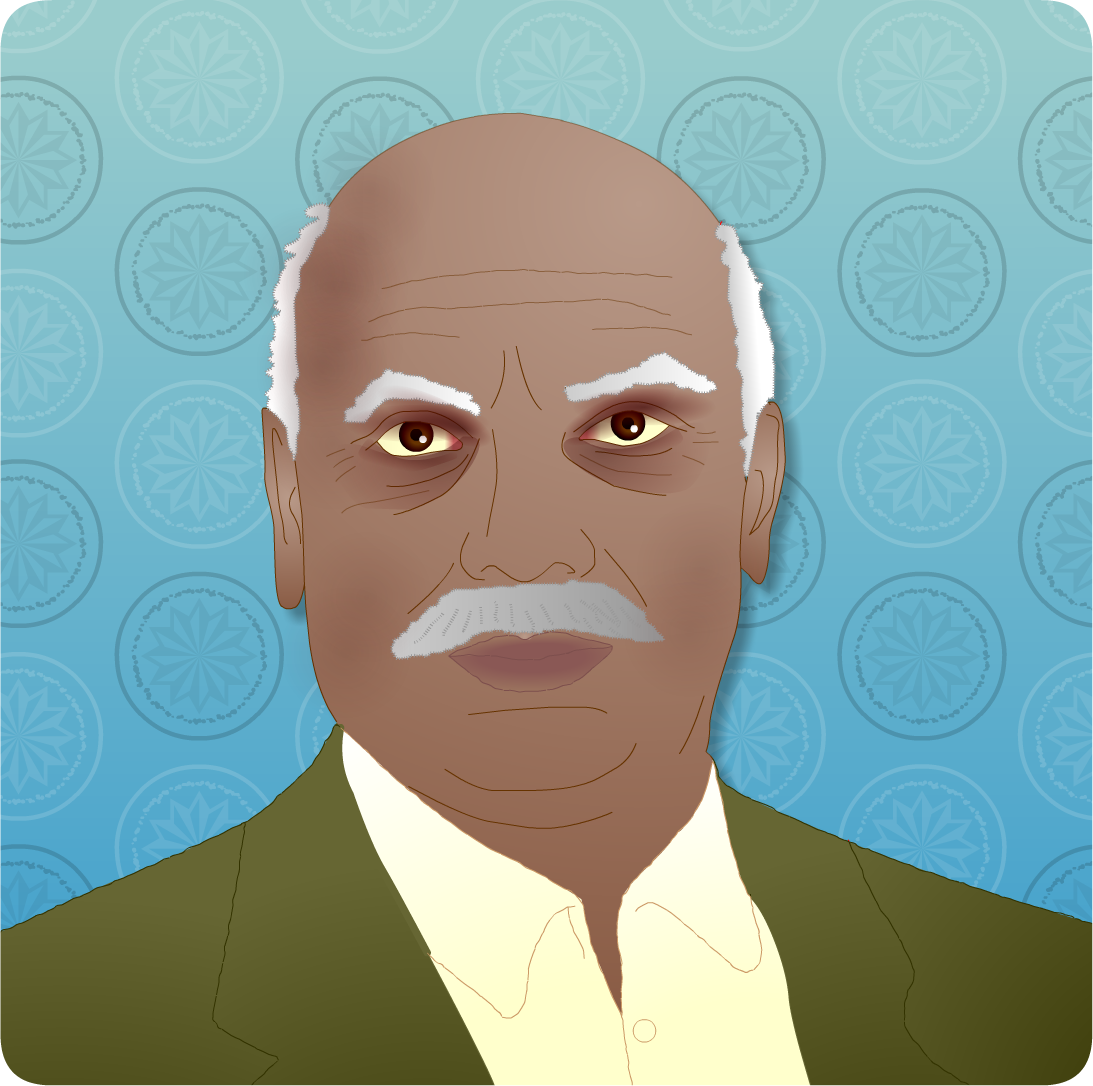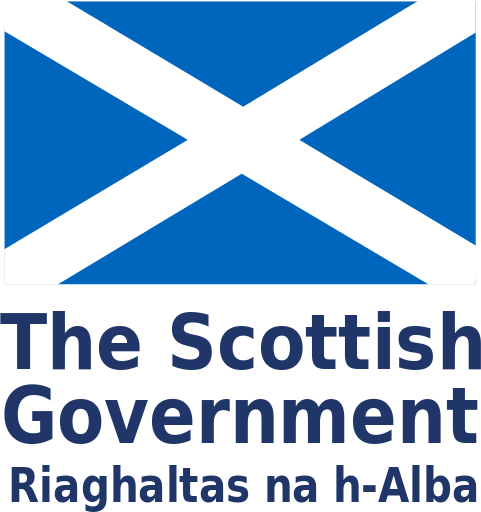 Jackie considers the information provided by Naveed.
Jackie considers the information provided by Naveed.
Patients with the above symptoms are suggestive of acute coronary syndrome and require immediate referral to Scottish Ambulance Service (SAS).
Jackie now contacts SAS to arrange an emergency ambulance for Naveed and speaks to Sanjita, Naveed’s granddaughter to reassure her and ensure she is aware of the situation and what action to take if Naveed’s conditions worsens prior to the arrival of the ambulance. Jackie sees from Naveed’s emergency care summary that he is prescribed aspirin and advises Sangita to give him 300mg to chew immediately.

 Naveed is a 70-year old gentleman who was born in Pakistan and emigrated to Scotland in the 1960s. He lives with his wife and has worked for most of his life in the family restaurant in Edinburgh. His wife is on holiday with their daughter in Pakistan. He is being looked after by his granddaughter Sangita who is training to be a nurse.
Naveed is a 70-year old gentleman who was born in Pakistan and emigrated to Scotland in the 1960s. He lives with his wife and has worked for most of his life in the family restaurant in Edinburgh. His wife is on holiday with their daughter in Pakistan. He is being looked after by his granddaughter Sangita who is training to be a nurse.
Naveed has a history of COPD he has been a smoker for the last 50 years and has recently reduced his smoking from 30 per day to 10. He is hoping to try and stop completely. He was a keen cricketer when he was young and represented Pakistan at youth level; he has regrets about giving it up after arriving in Scotland but was unable to continue due to pressures of work. He is excited about watching the test match on TV live from Lahore where Pakistan are playing India.
During the match, Naveed notices a pain in his chest and a heavy feeling in his left arm. He asks Sanjita for his usual indigestion remedy she is worried and advises him to contact NHS 24 for further assessment.
On completion of this case you should have an understanding of:
- The symptoms and signs associated with STEMI and how STEMI is diagnosed
- The psychological impact of ACS, especially in patients with no past medical history of coronary heart disease
- The common complications of STEMI that may affect the initial presentation and management
- The additional medications that may be required in addition to routine secondary prevention medicines
Let’s look at how Joan’s drug-eluting stent is deployed.
A stent is a short, wire-mesh tube that acts like a scaffold to help keep your artery open. There are two main types of stent:
- bare metal (uncoated) stent: the biggest drawback of using bare metal stents is that, in around 30% of cases, the arteries begin to narrow again. This is because the immune system sees the stent as a foreign body and attacks it, causing swelling and excessive tissue growth around the stent.
- drug-eluting stent, which is coated with medication that reduces the risk of the artery becoming blocked again and reduces the problems above, These are coated with medication that reduces the body’s abnormal response and tissue growth. Once the stent is in place, the medication is released over time into the area that is most likely to become blocked again.
Reference: NHS Inform – Health information you can trust
The use of drug-eluting stents has reduced the rate of arteries re-narrowing from around 30% to below 10%. However, as drug-eluting stents are still a relatively new technology, it is uncertain how effective or safe they are in the long term.
Before the procedure the cardiologist will consider the benefits and risks of each type of stent for that particular patient.
If the cardiologist is going to consider a stent, they will also require to consider certain anti-platelet drugs to help reduce the risk of blood clots forming around the stent.
 Jackie considers the information provided by Naveed.
Jackie considers the information provided by Naveed.
 Naveed is a 70-year old gentleman who was born in Pakistan and emigrated to Scotland in the 1960s. He lives with his wife and has worked for most of his life in the family restaurant in Edinburgh. His wife is on holiday with their daughter in Pakistan. He is being looked after by his granddaughter Sangita who is training to be a nurse.
Naveed is a 70-year old gentleman who was born in Pakistan and emigrated to Scotland in the 1960s. He lives with his wife and has worked for most of his life in the family restaurant in Edinburgh. His wife is on holiday with their daughter in Pakistan. He is being looked after by his granddaughter Sangita who is training to be a nurse.

